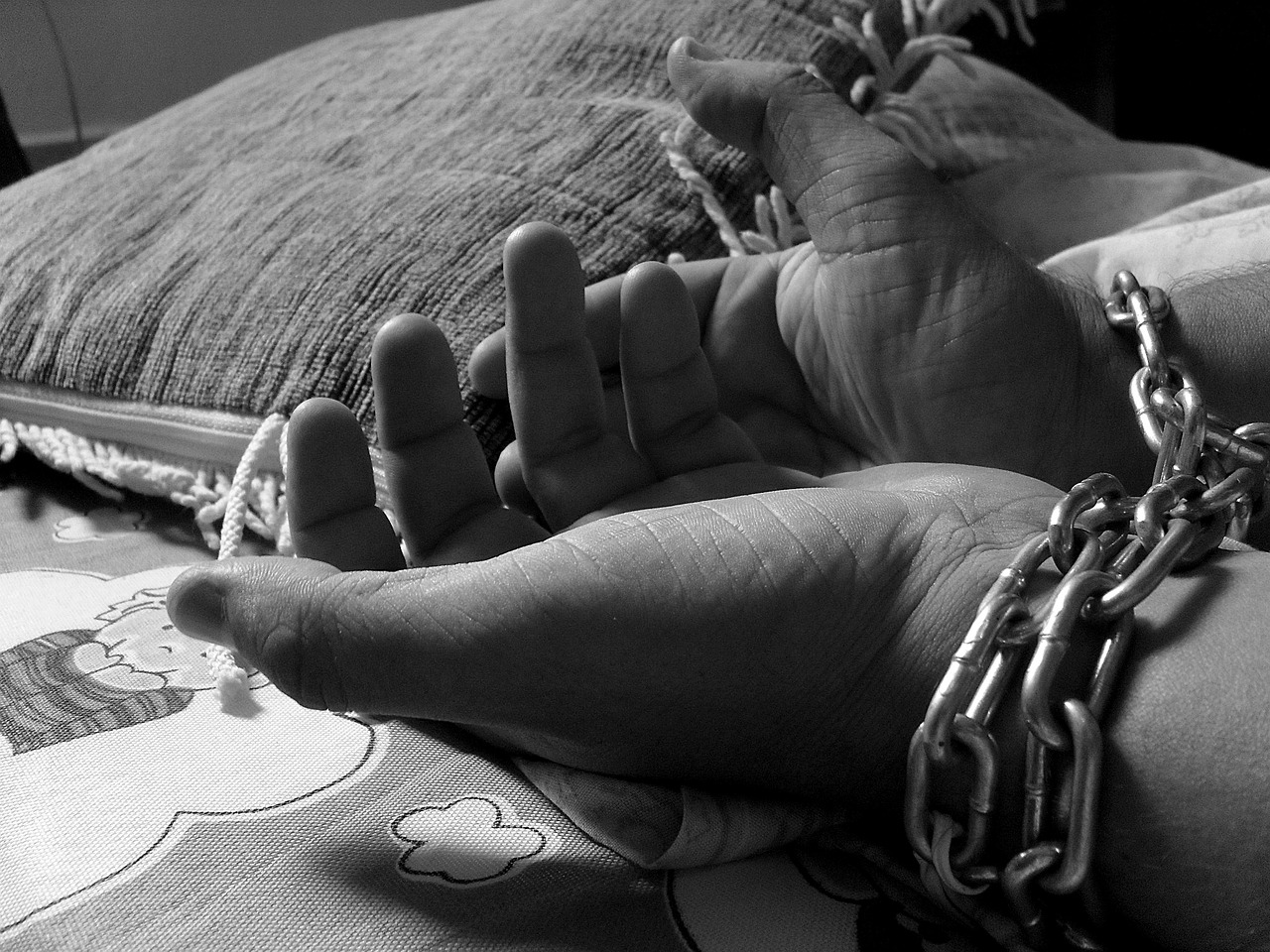Human Trafficking Around the World: What Are the Estimates?
People might think because slavery has been outlawed that there is no problem with trafficking in persons. But, there is a very serious human trafficking problem throughout the world. This is a significant problem because it is a serious crime, abuse of human rights, compromises national and world economic security, and undermines the rule of law. That does not even address the harm to individuals and communities around the world.
The Serious Harm Human Trafficking Does
Thousands of innocent people are forced into human trafficking every year. Their lives are stolen, and they live horrible, sad existences. There are non-profit groups that work tirelessly to rescue people from human trafficking situations. They try to get the predators arrested and jailed to stop their harm. People can donate money to help these organizations free people and provide them with needed aftercare. Look for legitimate child trafficking organizations to donate to and help end this horrible crime.
It is estimated that from 24.9 million to 27.6 million innocent people around the world have been forced into exploitative situations where they have no choice of how they live and work. Sex and labor trafficking are made possible throughout the world by conditions such as poverty, racism and discrimination, environmental damage, and gender and economic disparity. Every human needs to be valued and treated equally to end this crime. People need to become more outraged and demand laws that help stop this crime with better enforcement and more serious punishments for traffickers.
Studies have shown that children, women, and migrant workers are most vulnerable to this crime. War, armed conflicts, poverty, harmful global events, natural disasters, and social exclusion are driving causes of this crime.
Breaking Down Types of Human Trafficking
There are two main types of human trafficking: forced labor and sex trafficking. Three elements must be involved including acts, means, and purpose.
Forced labor trafficking is when a person uses force, coercion, or fraud to force the labor or services of another person. Forced labor can be obtained by the trafficker using force, withholding pay, manipulating debt, confiscating identity papers, forcing the use addictive substances, or threatening loved ones. Forced labor can be used on farms, in factories, in restaurants, in retail stores, on fishing boats, in mines, in massage parlors, in private homes, or for drug trafficking schemes.
Within this category of forced labor are domestic servitude, child labor, child soldiers, and state-sponsored human trafficking.
Sex trafficking happens when a trafficker forces a person to engage in commercial sex acts. This also involves acts, means, and purpose. The trafficker recruits, transports, forces, or solicits another adult or child to engage in commercial sex.
The sex trafficker can force a person into the sex trade using coercion, threats of harm, psychological harm, debt manipulation, or reputational harm (blackmail) to perform acts of commercial sex. The trafficker can have the forced sex acts take place in homes, hotel rooms, massage parlors, brothels, other locations, or on the internet.
Combating Human Trafficking
World law enforcement around the world uses the “4 Ps” to combat human trafficking. They are:
- Prosecution
- Protection
- Prevention
- Partnership
It is important to have anti-trafficking laws in place around the world and to enforce them. It is also important for all countries to cooperate and form partnerships to fight human trafficking. But, it takes more than law enforcement agencies, It takes awareness and resolve that goes through all sections of society. It takes countries to solve the problems that make people vulnerable to human trafficking. And, It takes organizations whose only purpose is to rescue human trafficking victims and get them aftercare and a promising future.

